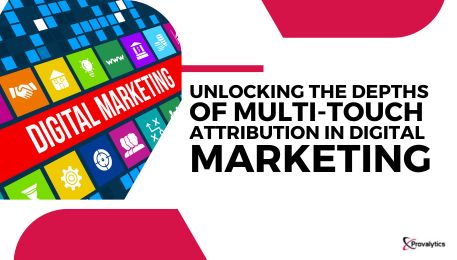Unlocking the Depths of Multi-Touch Attribution in Digital Marketing
How does MTA benefit marketers in assessing the effectiveness of their campaigns?
MTA offers more granular insights than traditional attribution models, allowing marketers to evaluate the effectiveness of each touchpoint. This enables them to adjust their marketing mix, optimize campaigns, and achieve better results.
What is the difference between attribution and contribution in the context of digital marketing?
Attribution focuses on assigning credit to specific touchpoints, while contribution seeks to understand how various marketing strategies collectively contribute to conversions. Attribution assigns credit, while contribution measures the combined impact of all marketing channels.
What are some limitations of multi-touch attribution (MTA) in digital marketing?
MTA primarily concerns digital interactions and may not provide information about offline interactions. This can be a disadvantage for companies with a significant offline presence or a longer sales cycle. Additionally, MTA does not consider the impact of brand messaging on brand awareness and long-term value.


